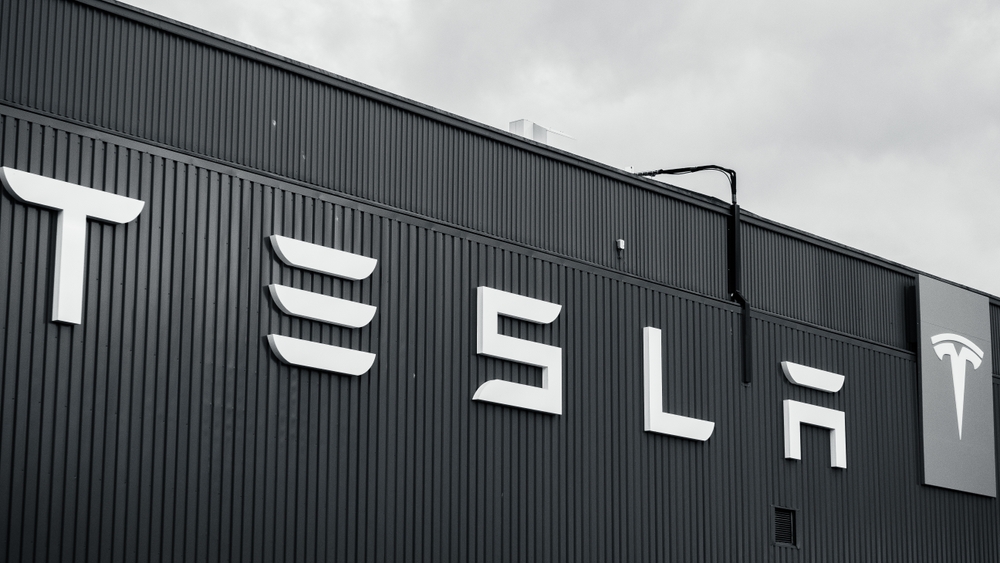Tesla’s Autonomous Fleet Unveiled: Musk Predicts Affordable Robotaxi by 2027
At the much-anticipated “We, Robot” event held at Warner Bros. Studios in Burbank, California, Tesla CEO Elon Musk unveiled the company’s new Cybercab, a fully autonomous vehicle he promises will hit the market for less than $30,000. Musk also teased the Robovan, an autonomous van capable of carrying 20 passengers, as part of his broader vision for a driverless future.
Arriving at the event in a Cybercab himself, Musk appeared with his signature flair—this time accompanied by a man dressed in a space suit. Human-like robots mingled with the crowd, serving drinks and even breaking out into dance, underscoring the futuristic vibe of the evening.
Musk’s Cybercab, the star of the event, boasts a sleek design with no steering wheel or pedals and uses inductive charging instead of traditional plugs. He described the vehicle as a comfortable “lounge on wheels” that will allow passengers to relax, sleep, or watch movies while traveling. The car, priced below $30,000, is expected to be in production by 2026—or “before 2027,” as Musk cautiously added, noting his usual optimism with deadlines.
For years, skeptics have questioned whether Tesla could deliver on its promises of fully self-driving cars, and the company has faced numerous delays and regulatory challenges. However, Musk insists Tesla has made significant strides, particularly with its Full Self-Driving (FSD) technology. By next year, the company plans to introduce autonomous driving to its Model 3 and Model Y cars in California and Texas, pending regulatory approval. The billionaire envisions a future where autonomous cars operate like Uber, with owners creating their own fleets of ride-share vehicles.
“It’s going to be a glorious future,” Musk proclaimed, adding that autonomous vehicles would reclaim urban spaces by turning parking lots into parks, and make roads exponentially safer. “With that amount of training data, it’s obviously going to be much better than a human can be because you can’t live a million lives,” he said. “It’ll be 10, 20, 30 times safer than a human.”
While the Robovan was also teased during the event, Musk gave few details about when it would be available or how much it would cost. The vehicle is designed to carry up to 20 passengers or goods, presenting opportunities for ride-sharing or cargo delivery.
Tesla’s humanoid robots, dubbed Optimus, were also showcased, with Musk predicting that they could be mass-produced for up to $30,000. The robots performed a choreographed dance to Daft Punk’s “Robot Rock” to cap off the event, adding a theatrical touch to the unveiling.
Despite the excitement, challenges loom for Tesla. The company is facing a class-action lawsuit from customers who have yet to receive the full self-driving technology they were promised. Additionally, U.S. safety regulators have placed Tesla under scrutiny following a series of accidents involving its autopilot systems.
Still, Musk remains undeterred, confident that his vision of a driverless future is just around the corner. As always, time will tell if Tesla can finally make good on its ambitious goals.
For more details, read the full article here.
The Future of Bitcoin: How Institutional Interest via Spot ETFs Is Reshaping the Market!
The cryptocurrency market has witnessed a significant milestone as spot Bitcoin ETFs (Exchange-Traded Funds) now hold an impressive 5% of the total Bitcoin supply. This development, first reported by Coincu, indicates a growing institutional interest in Bitcoin, a trend that could have long-term implications for the broader financial market.
As of October 5th, these ETFs collectively manage more than 911,000 BTC. The leading firm in the U.S. ETF market is BlackRock, with a massive $22.91 billion in Bitcoin holdings. Grayscale is in second place with $13.75 billion, although it has seen a slight decline in its market share over recent months. Other firms, such as WisdomTree, Franklin Templeton, Valkyrie, VanEck, Invesco, Bitwise, and 21Shares, hold smaller positions but continue to contribute to the overall market growth.
The surge in Bitcoin ETF holdings highlights the continued maturation of the cryptocurrency market. Spot ETFs, which were approved earlier this year in January, have provided a regulated and efficient means for institutions to gain exposure to Bitcoin. This approval coincided with a period of strong market performance, with Bitcoin reaching an all-time high of over $73,000 in March. Many analysts attribute this price surge to the increased adoption and access to Bitcoin enabled by these new financial products.
Spot Bitcoin ETFs have made it easier for traditional investors to include the cryptocurrency in their portfolios. By offering a familiar ETF structure, these funds enable investors to introduce Bitcoin into retirement or tax-advantaged accounts alongside traditional securities. More importantly, these instruments allow large institutions to enter the Bitcoin market through a regulated channel, bridging the gap between traditional finance and the emerging crypto economy.
The influx of institutional capital into Bitcoin through spot ETFs is a positive sign for the long-term growth of the cryptocurrency market. As more companies and funds explore these opportunities, it’s likely that the market will continue to see increased demand and price stability.
For more details, read the full article here.



